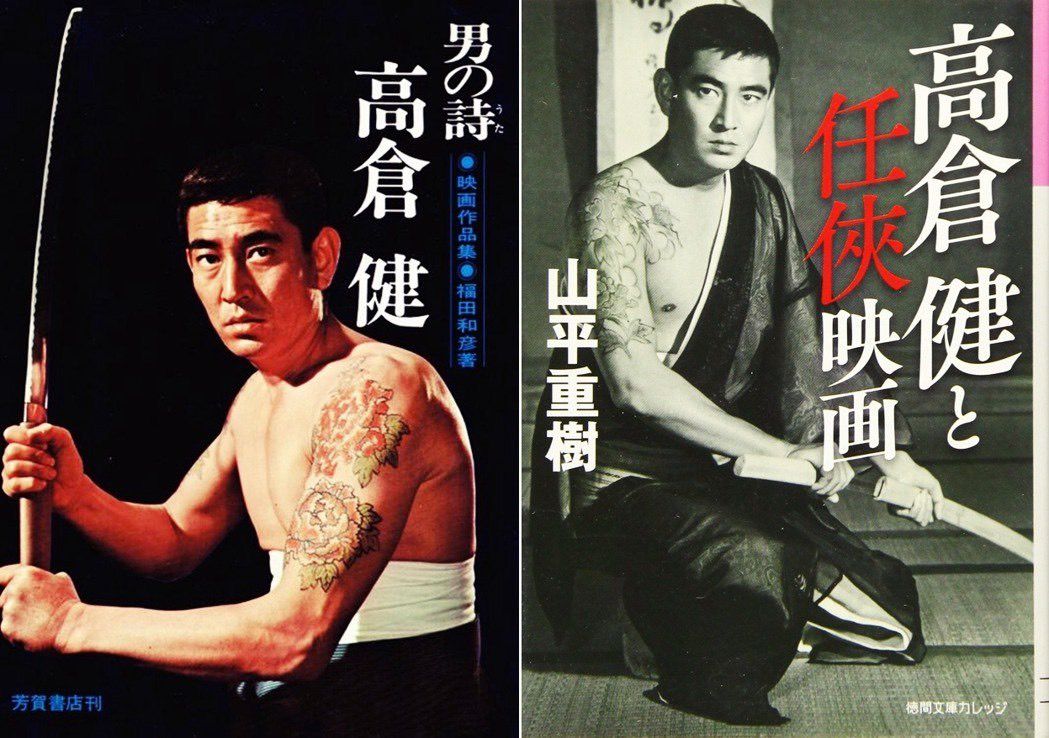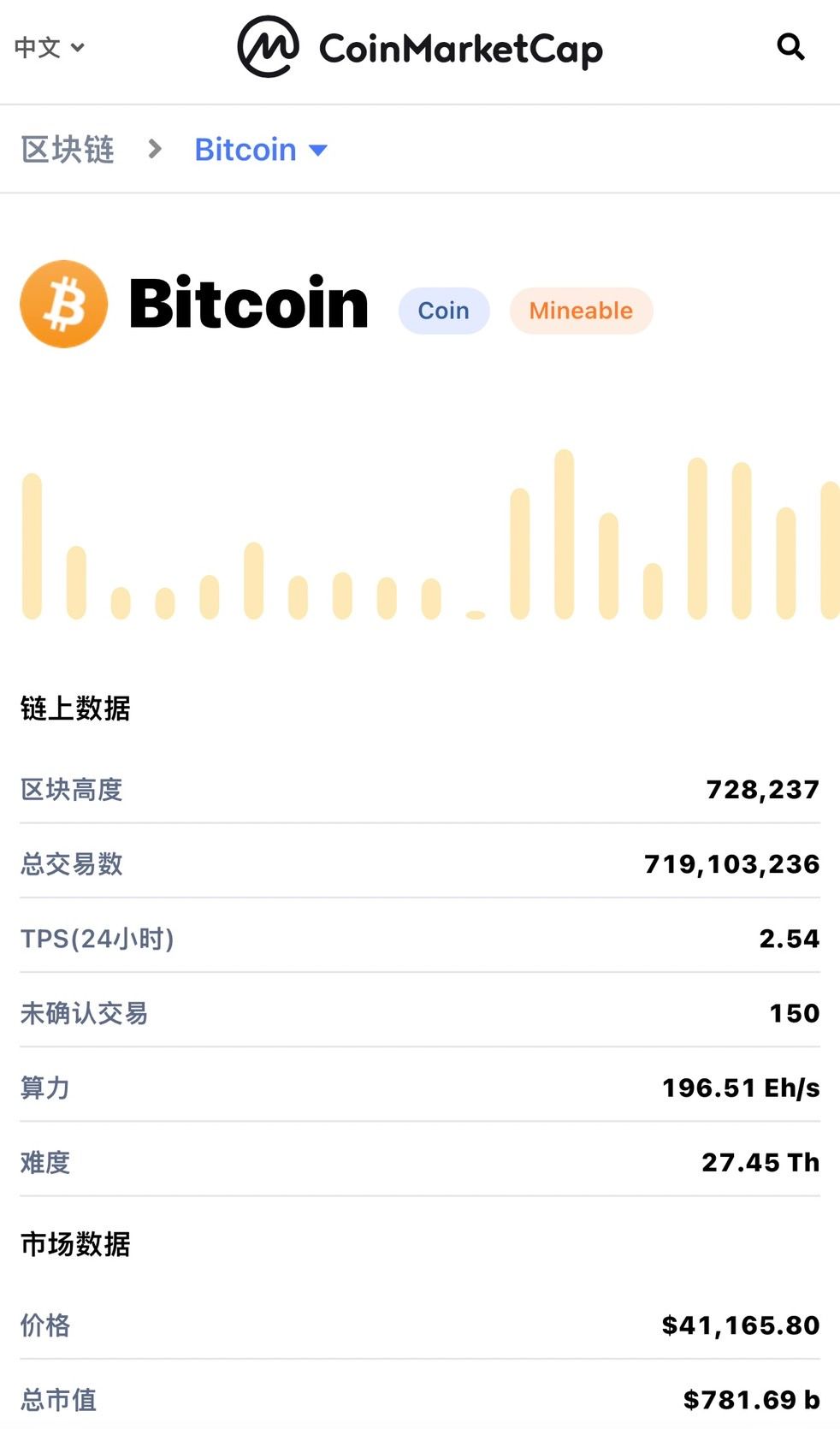[Blockchain People Talk #5] Consensus Mechanism The Rules of the Block Network
After there is a "consensus", it also has its own rules and mechanisms. The development of any "blockchain network" has its own "consensus mechanism". "Blockchain" is basically a program technology, a technology that anyone can participate in and publicly record and store. Everyone who participates in the recording of data in a certain blockchain decides how the block is generated, and how to distribute the rewards after completing the recording work will be decided through a mechanism of mutual agreement, which is the "consensus mechanism". Also because the "consensus mechanism" is very important, this time it needs to be explained in a longer space.

For example, "blockchain" is like "gang organization" big or small, whoever has the biggest fist speaks, and "consensus mechanism" is like each gang has different core spirit or gang rules and benefit distribution mechanism, for example For example, the "Yamaguchi-gumi" is currently the largest "designated violent group" in Japan, that is, an organization that is regulated by the government.
The first leader of the "Yamaguchi-gumi", "Yamaguchi Haruyoshi", was born in Takuyaura, Hyogo Prefecture (now Takuya, Awaji City) in 1881. He was engaged in fishing. In 1910, he moved to Kobe Port for development. Similar to a trade union organization), and later, relying on his commanding ability and management ability, in 1915, the self-established portal "Yamaguchi-gumi" led the laborers of the port to struggle in Kobe Port, and later became the origin of the Yamaguchi-gumi, synonymous with the underworld.

The main turning point of the Yamaguchi-gumi is 1946 to 1981, which was the most prosperous since the Second World War and a key period that established the modern image of the Yamaguchi-gumi. The third-generation leader in power at that time, "Taioka Kazuo" established the Yamaguchi-gumi's program and organizational rules, the most famous of which is Article 1 of the "Yamaguchi-gumi Program": "The Yamaguchi-gumi is based on the spirit of chivalry and serves the prosperity of the country and society. Contribution.” Through this recognition, the group members were recruited, and their ambition was to dominate the country. At its peak, the organization had a total number of about 40,000 people in the country, and its affiliated organizations exceeded 400, making it the largest violent group in Japan. (Reference: "Yamaguchi-gumi and Japan" by Miyazaki Xue, interested friends can find it).

From the "Yamaguchi-gumi", we can learn a little about the "consensus mechanism", from the recognition of the workers' organization, to the joint protection of rights and interests, so that the port workers can work smoothly and earn rewards to support their families. one day. For the same "blockchain" to emerge in the distributed network, how does each node (member) achieve identity and reach consensus on transaction data, contributions and rewards? Just like joining a gang, whether you agree with the spirit and practice of the organization, but each family is different, and what kind of gang to choose to join naturally has to be decided according to the "consensus mechanism" that you agree with.
We compare the current group jobs on several "blockchains" to "gangs". The "purpose and rules (consensus mechanism)" of these gangs are widely used in the following categories:
"POW (Proof of Work)"
The first blockchain consensus mechanism algorithm appeared because of the "Bitcoin". As the name suggests, the POW consensus algorithm is to confirm the CPU workload of network participants and give certain rewards, which is commonly known as "miners". It is more like the early "Yamaguchi group" gathering strength through dock workers, and workers (miners) pay labor (computing power) in exchange for rewards.
"POS (Proof of Equity)"
The emergence of POS is actually to solve the problem of high energy consumption in POW. Network participants do not need to consume huge energy, but must have digital assets representing the network. Similar to bank deposits or proof of equity, the corresponding rewards are distributed according to the assets held by network participants and the duration of holding, which is similar to the interest paid by banks to deposits.
"POA (Proof of Authority)"
POA is a consensus algorithm that combines POW and POS. Refers to the use of identity to represent authority. Nodes need to pass identity verification first, disclose their identity, and use this identity to obtain the right to secure the network in exchange for block rewards.
"POC (Proof of Capacity)"
POC, also known as "Proof of Space", is similar to POW, but instead of using CPU, it is converted to use "space". The larger the hard disk capacity, the easier it is to get rewards.
"CPOC (Conditional Proof of Capacity)"
CPOC is a more advanced algorithm on the POC consensus algorithm, which is integrated into the POS consensus mechanism. That is to say, in addition to using hard disk space for storage, network participants participate in the competition for rewards. At the same time, you can also pledge your assets to get more block rewards.

After reading the above, do you feel your eyes are blinking? In fact, why use "gang" group positions to explain, "underworld" group positions are like "decentralized" group positions, and they all have their original development intentions, such as "Qing Gang" and "Hongmen", which were originally for the purpose of "anti-Qing and restoring Ming Dynasty" ". Statement here! This is not to stigmatize the "blockchain", but to make it easier for everyone to understand it (please let us know if you feel inappropriate). As long as you understand several mechanisms of its operation mode, "workload", "rights", "authority", and "space", most of the others are derived. The next point is to go deeper and deeper, and then see which mechanism you like or agree with and choose to participate in. In addition to the above widely used "consensus mechanisms", there are DPOW (Delayed Proof of Work), DPOS (Authorized Proof of Stake), PBFT (Practical Byzantine Fault Tolerance), DBFT (Authorized Byzantine Fault Tolerance), POB (Proof of Burn) and other consensus algorithms, and these algorithms are all to form a consensus that is recognized and applied by more people in the blockchain network. If you are interested in knowing more clearly, you can google it yourself.
like! Welcome to leave a message below to discuss.
like! Follow me!!! Mr.Light's social platform
Like my work? Don't forget to support and clap, let me know that you are with me on the road of creation. Keep this enthusiasm together!

- Author
- More